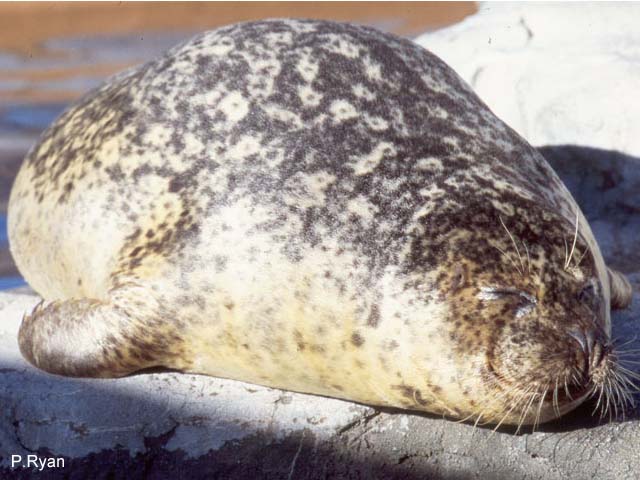| Atlantic Ocean, Pacific Ocean, the Arctic and North America Inland Waters: Portugal, Iceland, Greenland, Canada Newfoundland, Spain, France, Belgium, Ireland, Netherlands, Germany, Denmark, Norway, Sweden Lithuania, Poland, Latvia, Estonia, Finland, Russia, UK, USA, Canada, Mexico, Alaska, Japan, Kamchatka (Ref. 1394), Br Scotland, Madeira, British Columbia, Kuril Island, Sea of Okhotsk, Gulf of California, Baltic Sea, Barents Sea, Hudson Bay (Ref. 1522); Phoca vitulina vitulina: Portugal, UK, Iceland, Greenland, Br Scotland, Norway, Madeira, Baltic Sea, Barents Sea; Phoca vitulina concolor: Canada, Hudson Bay, USA, Greenland, Iceland; Phoca vitulina richardii: Mexico, Alaska, British Columbia, USA, Gulf of California; Phoca vitulina stejnegeri: Japan, Kamchatka, Alaska, Sea of Okhotsk, Kuril Island; Phoca vitulina mellonae: Hudson Bay, James Bay. Temperate to polar regions. |

